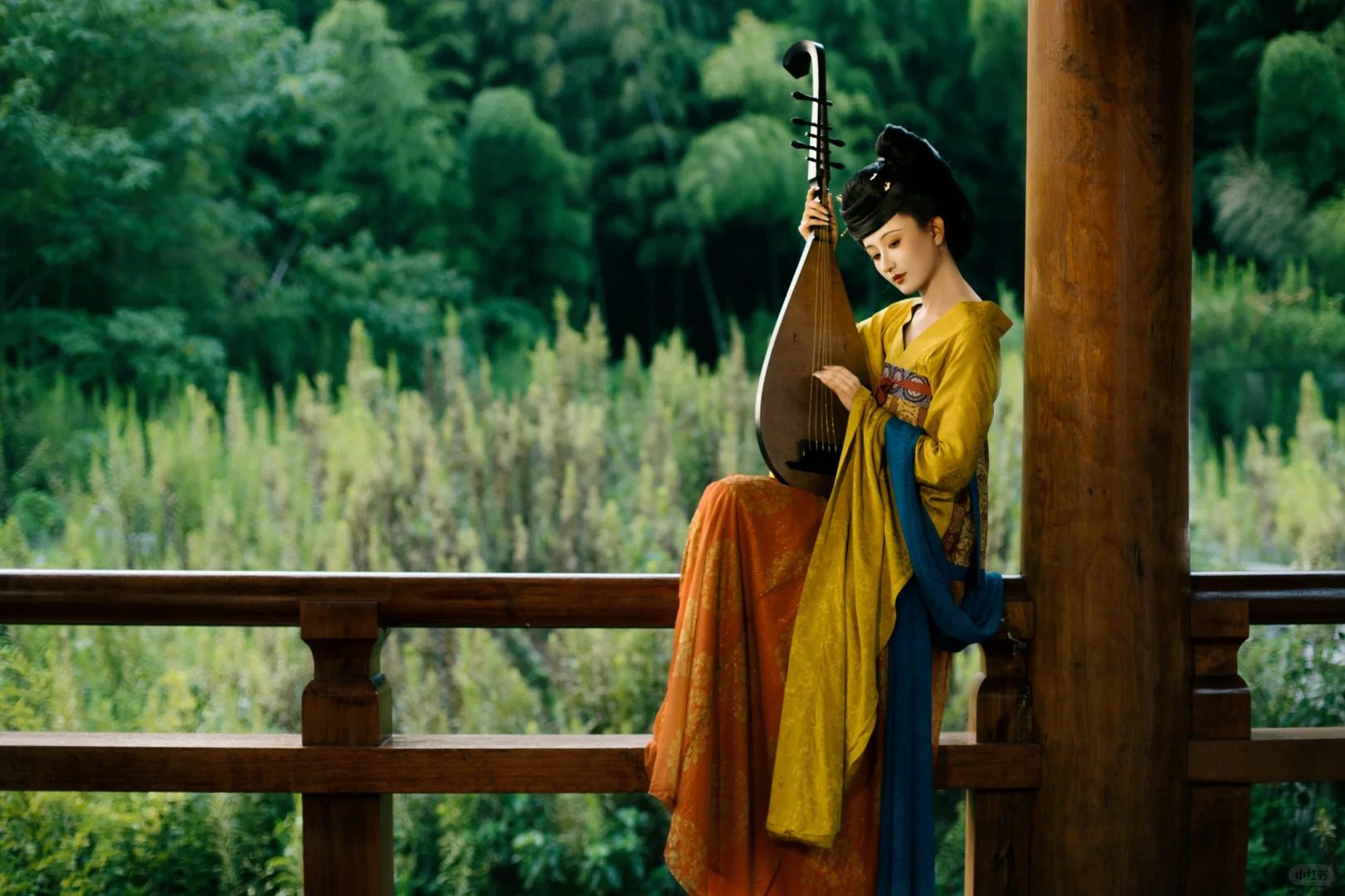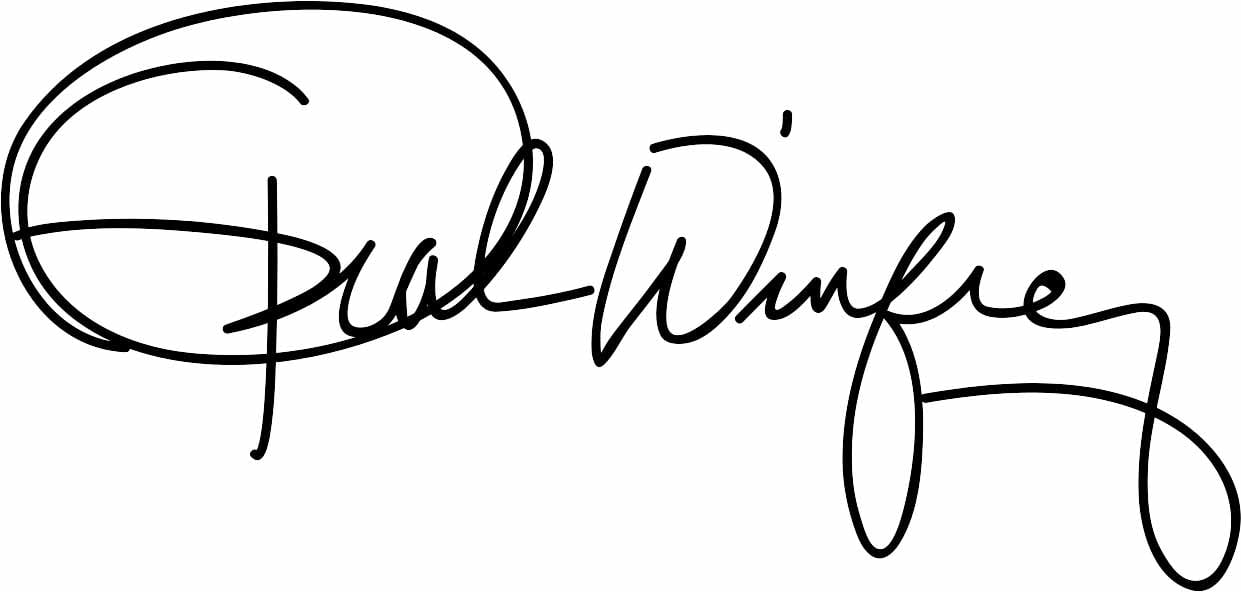In recent years, Hanfu culture has been making a strong comeback, attracting more and more people who appreciate the beauty of traditional Chinese clothing. However, for beginners, the vast variety of Hanfu styles can be overwhelming. Today, let’s break down the essential Hanfu styles to help you easily navigate this cultural treasure trove and find the perfect Hanfu for you!
I. Overview of Hanfu Styles
Hanfu, as the traditional attire of the Han ethnic group, has several key characteristics: crossed collars (right over left), wide sleeves and sashes, and a minimal use of buttons, often relying on ties instead. Based on historical periods, functions, and design structures, Hanfu can generally be classified into the following main categories:
- Upper Garment and Lower Skirt System (Shenyi System) – Outfits where the top and bottom are separate, such as Quju robes, Zhiju robes, and round-collar robes.
- Skirt-based System – Hanfu featuring a blouse paired with a skirt, including Qixiong Ruqun, Qiyao Ruqun, and Mamian skirts.
- Robe System – One-piece robes such as round-collar robes, Zhiju robes, and Daopao.
- Overcoats and Vests – Items like Beizi and Bijia, which add layering and enhance overall aesthetics.
Now, let’s explore each category in detail!
II. Main Hanfu Style Categories
1. Upper Garment and Lower Skirt System (Shenyi System)
(1) Quju Robe (Han Dynasty)
The Quju robe is one of the most iconic Hanfu styles from the Han dynasty. Its wrap-around structure creates a spiral-like drape, exuding elegance and sophistication. This style is often worn for ceremonial events or historical photography.

(2) Zhiju Robe (Han to Ming Dynasty)
Unlike the Quju robe, the Zhiju robe has a straight-cut front, making it simpler and more structured. It was commonly worn in daily life and can often be seen in period dramas.
(3) Shenyi (Warring States to Han Dynasty)
The Shenyi is a long robe where the top and bottom are seamlessly connected, featuring wide sleeves and a dignified design. It was traditionally worn by scholars and officials, balancing both formality and practicality.
2. Skirt-Based System (Ruqun Styles)
(1) Qixiong Ruqun (Sui-Tang Dynasty)
Qixiong Ruqun, or “Chest-high Ruqun,” features a high-waisted skirt tied just below the chest, creating a flowing and ethereal look. It is perfect for those who love a fairy-like aesthetic.
(2) Qiyao Ruqun (Han to Ming Dynasty)
Qiyao Ruqun, or “Waist-high Ruqun,” has the skirt tied at the natural waist, offering both comfort and elegance. This style is ideal for everyday wear and easy movement.
(3) Mamian Skirt (Ming Dynasty)
The Mamian skirt, or “Horse-face Skirt,” is structured with symmetrical pleats and an open front and back panel, making it both elegant and practical. In recent years, Mamian skirts have become one of the most popular Hanfu styles, thanks to their versatility and historical appeal.

3. Robe System (One-Piece Long Robes)
(1) Round-Collar Robe (Sui-Tang to Ming Dynasty)
The round-collar robe, characterized by its round neckline, was a common outfit for nobility and scholars. When paired with a belt or jade accessories, it presents a dignified and refined look. Today, this remains one of the most popular choices for men’s Hanfu.
(2) Daopao (Ming Dynasty)
The Daopao, or “Taoist Robe,” features a cross-collar design with a diagonal lapel and slightly wide sleeves. It has a simple yet elegant appearance, making it suitable for daily wear. 
(3) Zhishen (Ming-Qing Dynasty)
The Zhishen robe was commonly worn by scholars and literati, offering a relaxed yet sophisticated style. It remains a favorite among those who appreciate a scholarly aesthetic.
_来自小红书网页版.jpg)
4. Overcoats and Vests (For Layering and Style Enhancement)
(1) Beizi (Song Dynasty)
The Beizi is a long, loose outer coat with an open front, often worn over Ruqun. It enhances layering while also adding warmth. Beizi styles range from knee-length to floor-length.
(2) Bijia (Ming Dynasty)
The Bijia is a sleeveless vest, somewhat similar to a modern waistcoat. When paired with a Mamian skirt or other Ming-style Hanfu, it highlights the elegance and grace of Ming dynasty fashion. 
III. How to Choose the Right Hanfu for You?
For beginners, selecting the right Hanfu depends on several factors:
- For Daily Wear: Qiyao Ruqun, Mamian Skirt, Daopao (Simple and easy to mix and match)
- For Formal Occasions: Quju Robe, Shenyi, Round-Collar Robe (Elegant and dignified)
- For a Fairy-Like Look: Qixiong Ruqun, Beizi (Flowy and ethereal)
- For a Scholarly Style: Daopao, Round-Collar Robe, Zhishen (Classic and refined)
No matter which Hanfu style you choose, it’s best to start with basic designs before exploring more elaborate options. This way, you can gradually build your Hanfu wardrobe based on your personal preferences.
Conclusion: The Beauty of Hanfu Lies in Its Diverse Styles
Hanfu is incredibly diverse, with each style carrying its own unique charm and historical significance. Whether for daily wear or special occasions, finding the right Hanfu style can help you better appreciate and experience the beauty of traditional Chinese clothing.
We hope this super practical Hanfu classification guide helps you navigate the world of Hanfu with ease!
Which Hanfu style interests you the most? Share your thoughts and experiences in the comments below!




